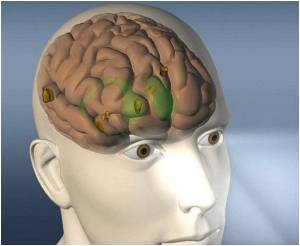
The research represented the first time scientists have analyzed human memory by examining the pattern of activity across many different parts of the image called voxels.
The new technique allows them to probe more deeply into the relationship between the mind and the brain.
"The question is how practice makes perfect. If you precisely reactivate the same pattern each time, then you are going to remember better," said Gui Xue of the University of Southern California.
The researchers conducted three studies at Beijing Normal University in which subjects were shown different sets of photographs or words multiple times in different orders.
The scientists recorded subjects' brain activity while they studied the material.
Advertisement
That theory suggested people would remember something more effectively if they study it at different times in different contexts than if they review it several times in one sitting.
Advertisement
Instead, the scientists found the subjects' memories were better when their pattern of brain activity was more similar across different study episodes.
The findings were published in the journal Science.
Source-ANI














